BoC Deputy Governor Timothy Lane said in a speech enduring uncertainty of US-China trade relations has “already done some damage” to the global and Canadian economy. But “Canada also has notable strengths, and inflation remains on target”. He added, “Our strong labour market points to sources of growth, such as computer system design and other professional services, education, health care and financial services. It is because of this strength amid the turmoil that we say Canada is resilient, although it is not immune.”
Lane also noted Fed has cut interest rate three times this year. But he emphasized “There is no reason for the Bank of Canada to move in step with the Fed. On the contrary, the experience of the past decade shows that Canada and the United States have followed different roads, reflecting differences in our economic conditions.”
The comments reinforced the message from yesterday’s BoC statement. That is, the central is on hold, with a neutral bias.




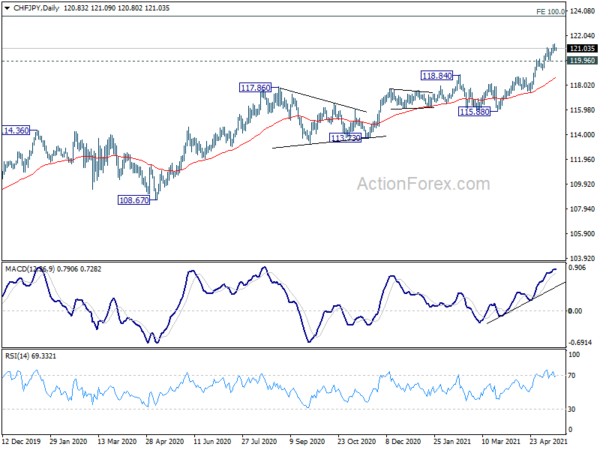
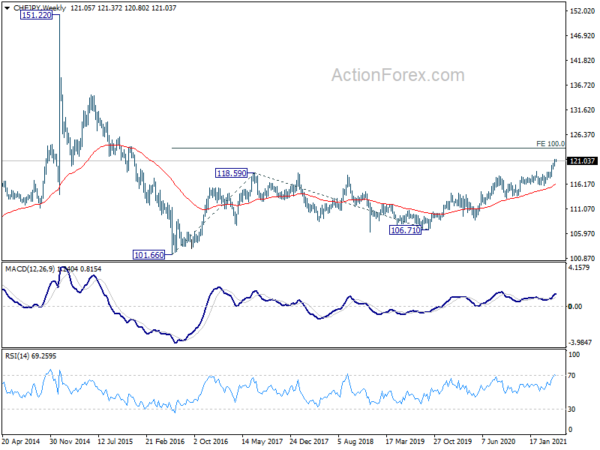
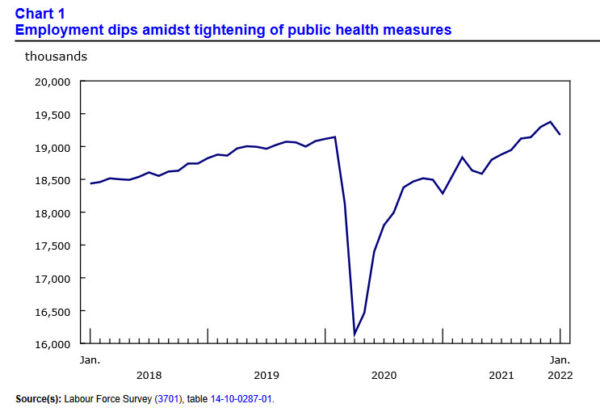
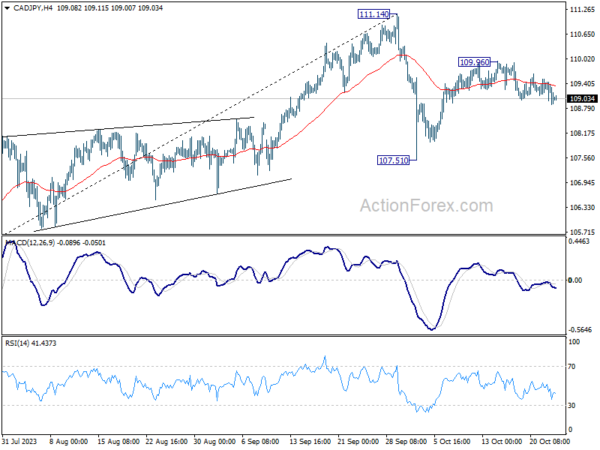
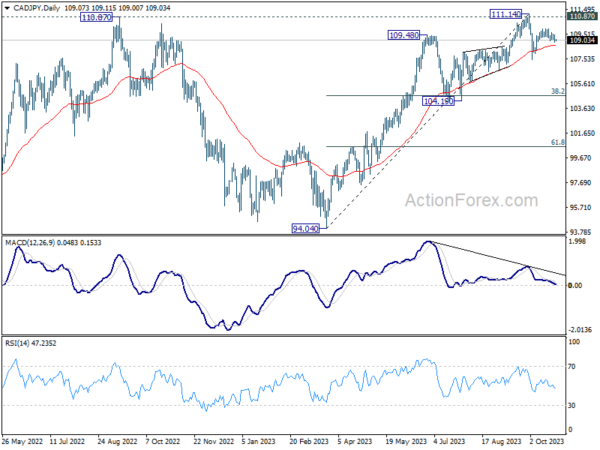
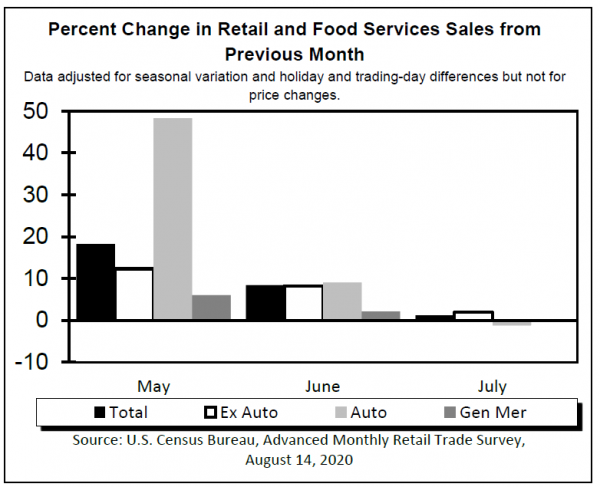
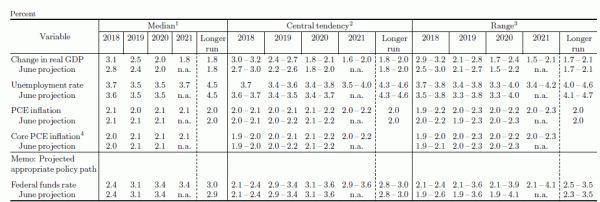
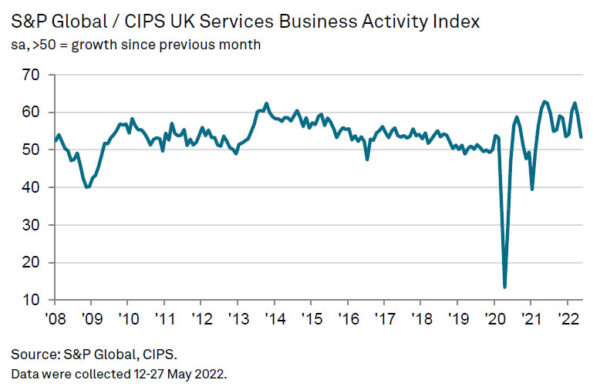
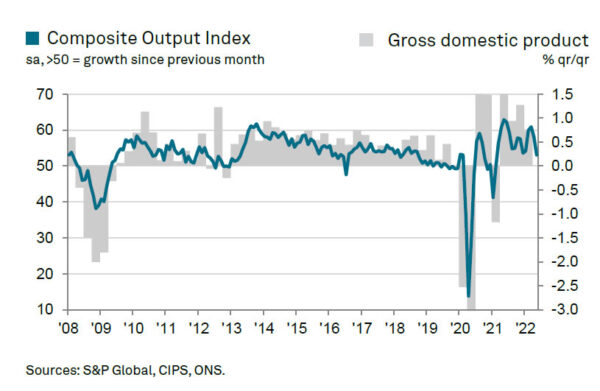
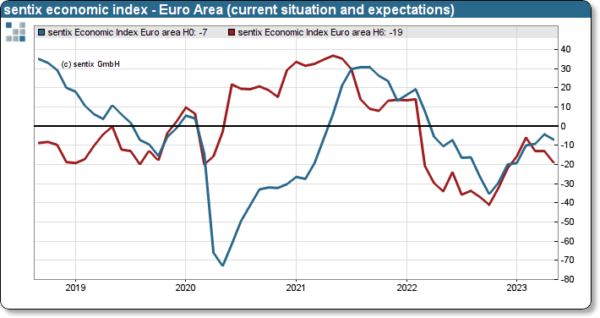

Japan PM Abe agreed bilateral talks with US only on goods
Japan and the US agreed to start bilateral trade talks after meeting of Prime Minister Shinzo Abe and Trump. But after the meeting, Abe emphasized that the new framework would only be a Trade Agreement on Goods. It’s not a full Free Trade Agreement that includes investments and services. Both countries pledged in a joint statement to “respect positions of the other government.”
However, US Trade Representative Robert Lighthizer ignored the position of Japan. He told reporters he’s aiming for a full free trade deal requiring approval by Congress under the “fast track” trade negotiating authority law. Lighthizer added the talks will be handled in two “tranches” targeting an “early harvest” on reducing tariffs and non-tariffs barriers in goods.
In the joint statement, it’s noted that:
Full statement here.